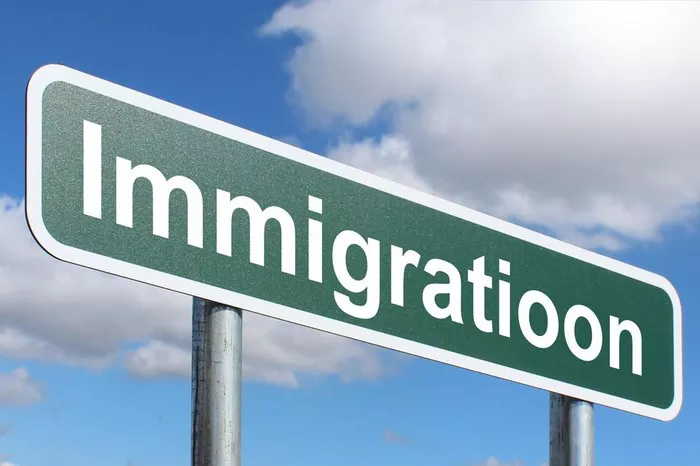The journey to becoming a legal immigrant is often marked by uncertainty and complexity. For individuals seeking to establish permanent residency or citizenship in a new country, understanding the timeline and processes involved is crucial. From navigating visa applications to fulfilling residency requirements, each step in the immigration process comes with its own set of challenges and timelines.
In an era of increasing globalization, the movement of people across borders has become a defining feature of our world. Whether driven by economic opportunity, family reunification, or humanitarian concerns, millions of individuals each year embark on the journey to become legal immigrants in countries around the globe.
However, the path to legal immigration is far from straightforward. It is shaped by a myriad of factors, including government policies, diplomatic relations, and the individual circumstances of applicants. In this article, we will explore the timelines and processes involved in becoming a legal immigrant, shedding light on the complexities and challenges faced by those undertaking this journey.
Understanding the Immigration Process
The immigration process varies significantly from one country to another. Each nation has its own set of laws, regulations, and procedures governing immigration, making it essential for prospective immigrants to familiarize themselves with the specific requirements of their desired destination.
Broadly speaking, the immigration process typically involves several key stages, including:
1. Visa Application: For most individuals seeking to immigrate to a new country, the first step is obtaining a visa. Visas come in various types, each designed to serve specific purposes such as tourism, work, study, or family reunification. Depending on the country and the type of visa being sought, the application process can vary in complexity and duration.
2. Residency Requirements: In many cases, immigrants must fulfill certain residency requirements to maintain their legal status in the host country. This may involve obtaining a temporary or permanent residency permit, demonstrating financial stability, or meeting language and integration criteria.
3. Naturalization: For individuals seeking to become citizens of their adopted country, the final step in the immigration process is naturalization. This typically requires meeting additional eligibility criteria, such as residency duration, language proficiency, and knowledge of the host country’s history and institutions.
Throughout each stage of the immigration process, applicants may encounter delays, bureaucratic hurdles, and unforeseen challenges that can impact the overall timeline. Moreover, changes in government policies or immigration laws can further complicate matters, necessitating flexibility and adaptability on the part of applicants.
Factors Influencing Timelines
Several factors can influence the timeline for becoming a legal immigrant. These include:
1. Country of Destination: The immigration policies of the host country play a significant role in determining how long it takes to complete the immigration process. Countries with more lenient immigration policies may have shorter processing times, while those with stricter regulations may impose longer wait times.
2. Type of Visa: The type of visa being sought can also affect the timeline for immigration. For example, some countries offer expedited processing for certain categories of visas, such as those for skilled workers or investors, while others may have lengthy waiting lists for family reunification visas.
3. Backlogs and Processing Times: Immigration authorities often face backlogs and processing delays due to high demand and limited resources. As a result, even straightforward immigration applications can take longer than expected to be processed.
4. Legal Requirements and Documentation: Meeting the legal requirements for immigration, such as background checks, medical examinations, and document verification, can also impact the timeline. Delays in obtaining necessary documentation or resolving legal issues can prolong the process.
5. Policy Changes and External Factors: Changes in government policies, diplomatic relations, or global events can have a significant impact on immigration timelines. For example, the implementation of new immigration laws or the outbreak of a global pandemic can disrupt normal processing procedures and lead to delays.
Conclusion
Becoming a legal immigrant is a complex and often lengthy process that requires careful planning, patience, and perseverance. From navigating visa applications to meeting residency requirements and ultimately obtaining citizenship, the journey to immigration is marked by numerous challenges and uncertainties.
By understanding the timelines and processes involved, prospective immigrants can better prepare themselves for the road ahead and make informed decisions about their future. While the immigration process may be daunting, it is ultimately a journey of hope and opportunity, offering individuals the chance to build a better life for themselves and their families in a new land.


